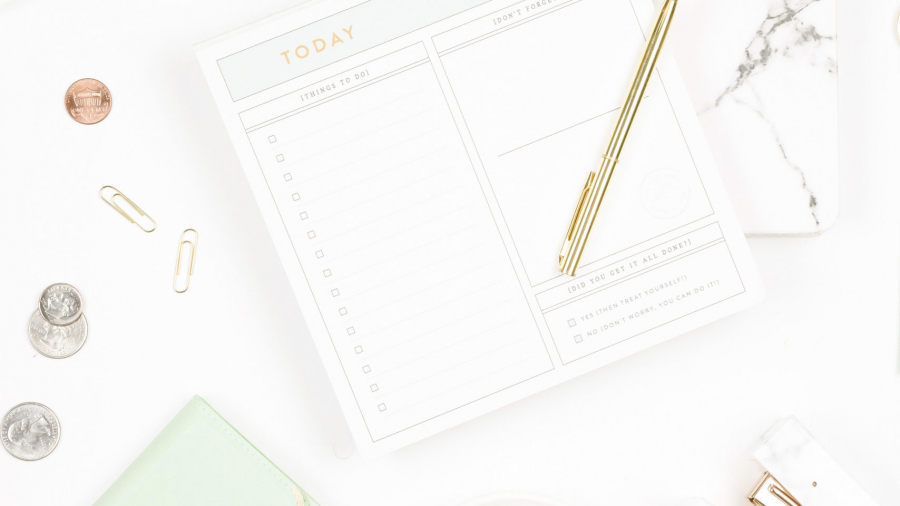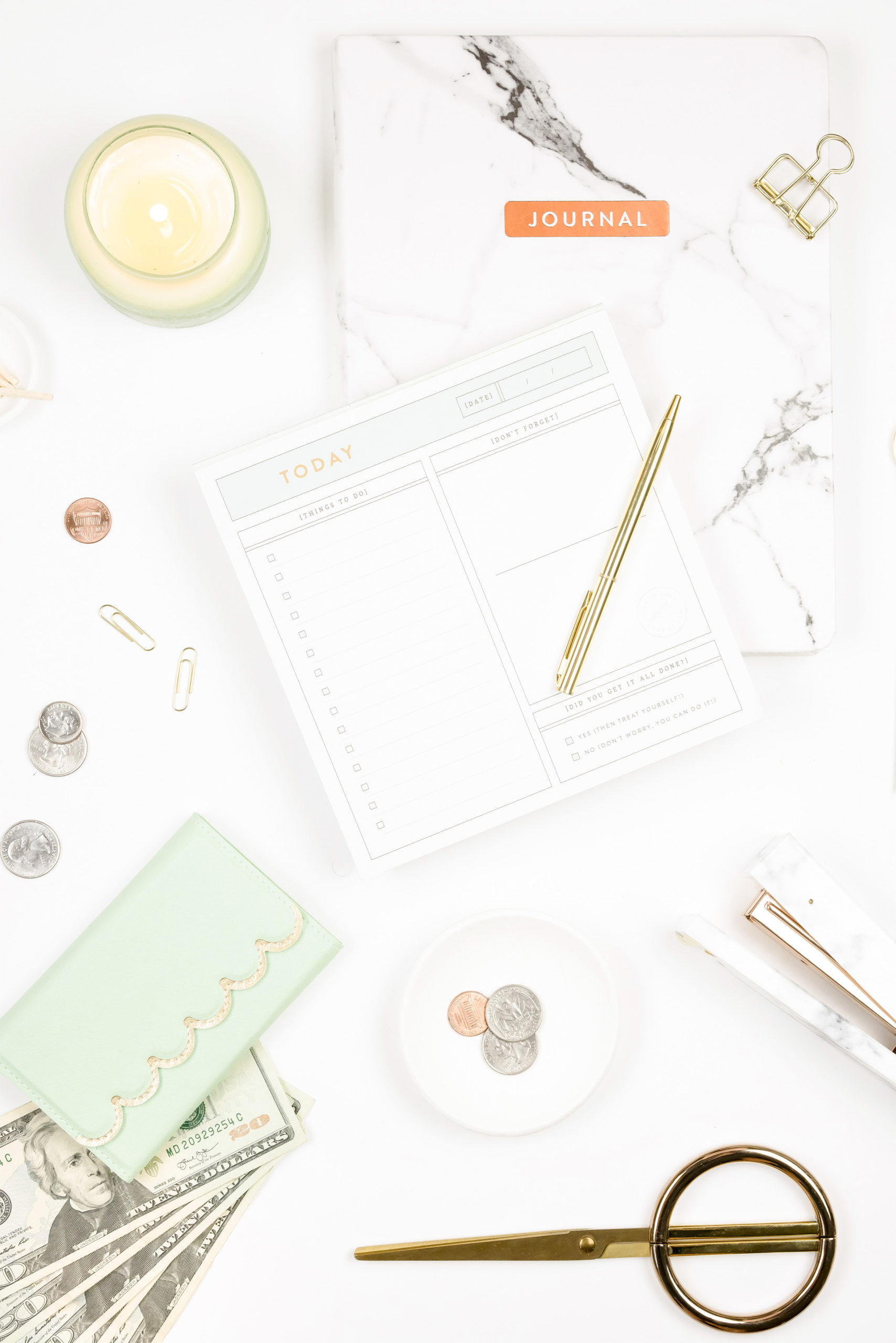Lists are kind of my thing. If there are more than two of anything, I will make a list. So December, with its shopping lists, gift guides, and year-end planning to-dos galore, is my favorite time of year.
Speaking of year-end planning, I wanted to share a few things that you can do as a leader to potentially save on taxes and maximize your money, friends!
Many of our clients had a really strong 2020, meaning a large net income. That’s amazing and worthy of celebration, but also comes with a potentially larger tax bill. I like to look at my taxes with gratitude (it means it was a great year!) but I also want to maximize my money because abundance leads to more abundance!
Here are some ideas to maximize your money:
- Max out your retirement accounts. I’ve had a SEP IRA for a couple years now and always aim to max it out as early in the year as possible – this particular account lets you contribute 25% of your salary which is awesome. It’s a deductible expense for your business AND tax deferred savings for your future. I know it sounds intimidating, but it took me about 10 minutes to open and contribute to an account. My SEP IRA is at Vanguard.
- Donate to your favorite charity. My biggest challenge in donating to charities is choosing which one! I’ve worked with nonprofits for over a decade so it feels nearly impossible to choose just one worthy cause. Charity Navigator and Guidestar are great places to start researching nonprofits if you aren’t sure where exactly to donate. Charitable donations are also tax deductible, so win-win (just check with your CPA on any limits).
- Pay all your bills. If you’re looking at significant net income (that’s the money you have left over after all expenses), that also might mean a significant tax bill. To reduce that amount, pay your bills! Examples: you owe your coach a few more installments of your annual coaching program or your second payment for your website design is coming up in January. Pay them all now to increase your 2020 expenses and reduce your tax bill.
- Make any large purchases. Okay, listen very carefully. I am, IN NO WAY, advocating purchasing things you don’t need just to reduce your tax bill. However, if you have the cash in the bank (after setting aside your 3 month reserve), and there are major purchases you were going to make in January anyway, buy them now to reduce your net income and tax bill.
- Delay your income. Again, this is a strategy for those business owners who have significant net income at the end of the year. If you were planning on billing a client at the end of December, perhaps send your invoice in early January instead, so the revenue is collected next year. In a sense, this is “kicking the can down the road” but who knows what the next 12 months will hold, so why not take the benefit now.
Did you have a year of abundance? Which money maximizing strategies are you using in the next two weeks?
If you want to get on our calendar to maximize your money all year long, schedule a time to chat here >>>
If you aren’t sure which finance pro you need on your team, and the terms bookkeeper, CFO, and CPA are confusing, take our quiz here >>>
Note: This is not tax advice. Please talk to your CPA for specifics on how this applies to your business and personal tax situation.











